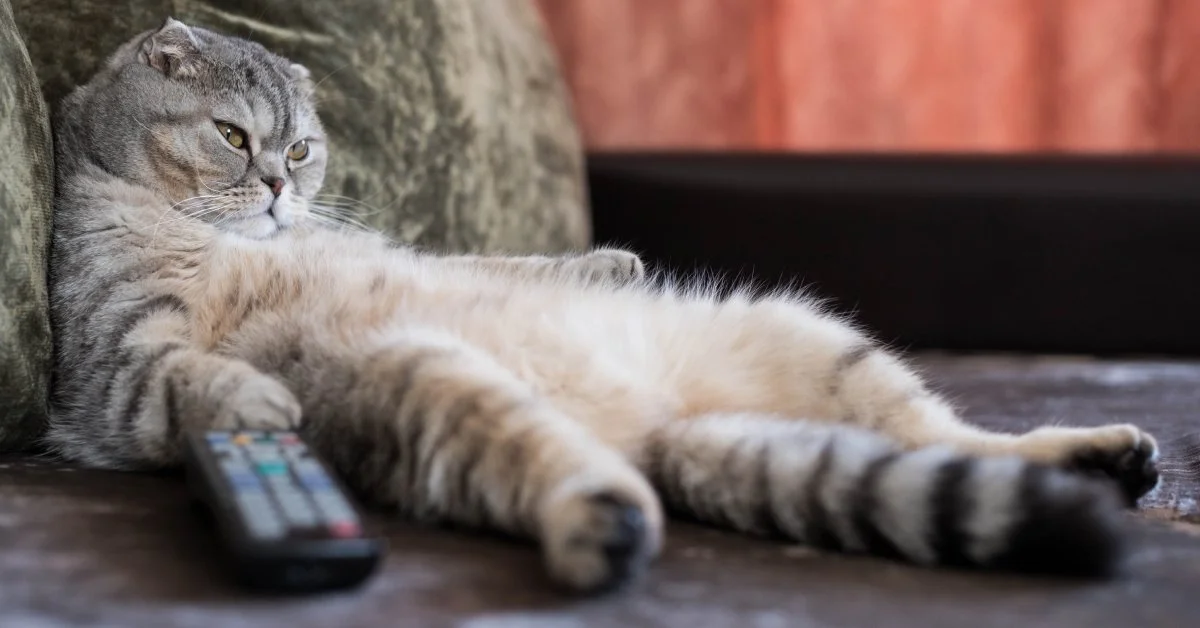Nutrition Tips for Keeping Your Pet at a Healthy Weight
An important part of caring for your pet is helping them eat right and maintain a healthy weight. Just like people, our furry friends can face serious health problems if they carry excessive weight, as it can lead to joint problems, diabetes, and heart disease. Fortunately, you can help your cat or dog achieve and maintain an ideal weight with nutrition and proper feeding habits.
The Complete Pet Animal Hospital is here to help with some nutrition tips for keeping your pet at a healthy weight. We want to help you understand basic nutritional needs, recognize signs of weight gain, and make sustainable changes. Whether you’re dealing with a chunky tabby or a pudgy pup, these evidence-based nutrition strategies will support a healthier, happier life for your beloved companion.
Understanding Your Pet’s Ideal Weight
First, you must identify a healthy weight for your pet based on their breed, age, and current size. A veterinarian can provide the most accurate assessment, but you can investigate a few factors at home.
When you look at your pet from above, you should see a visible waist tuck behind their ribs. From the side, their belly should tuck up slightly behind their ribcage. You should be able to feel their ribs easily with gentle pressure, though they shouldn’t be prominently visible.
Different breeds have varying body compositions, so a healthy golden retriever will look different from a healthy greyhound. Small breed dogs often gain weight more quickly than larger breeds, while cats typically show weight gain around their midsection first.
Measuring Food Portions Accurately
One of the biggest mistakes pet owners make involves guessing portion sizes. The scoop you use to portion out their kibble might actually hold more than the recommended amount for your pet, which can lead to gradual weight gain over time.
Invest in a proper measuring cup or kitchen scale for pet food. Digital scales provide the most accuracy, especially for wet food or when your pet requires precise portions. Many pet food bags list both cup measurements and weight measurements, giving you flexibility in how you measure.
Always read the feeding guidelines on your pet’s food package as a starting point, but understand that these recommendations represent the average. Your pet may need more or less, depending on their activity level, metabolism, and current weight status.
Choosing High-Quality, Weight-Appropriate Foods
The quality of your pet’s food matters just as much as the quantity. Look for foods where the first ingredient is a named protein source such as chicken, salmon, or beef. Avoid foods with excessive fillers such as corn syrup, artificial colors, or unnamed meat by-products.
Weight management formulas often contain higher fiber content to help pets feel full while consuming fewer calories. Many specialty pet foods have controlled fat levels and added nutrients to give your pet more balanced nutrition, even while eating less.
If your pet is already overweight and needs to lose weight, your vet may recommend a prescription diet. These diets usually involve food with a specific calorie density and nutrient profile formulated for weight loss.
Creating a Consistent Feeding Schedule
Free-feeding, where you leave food out all day, makes weight management nearly impossible. Your pet likely eats out of boredom rather than hunger, and you can’t monitor their intake accurately.
Establish set meal times with specific portions. Most adult dogs do well with two meals per day, while cats often prefer three smaller meals. Puppies and kittens require more frequent feeding schedules to support their growth and development.
Remove any uneaten food after 20 or 30 minutes to teach your pet to eat when food is available, which can prevent overeating throughout the day. Consistency regulates their metabolism and makes it easier to track their progress.
Incorporating Physical Activity With Nutrition
Exercise and nutrition work together for effective weight management. A sedentary pet requires fewer calories than an active one, so adjusting food portions based on activity levels prevents weight gain.
For dogs, regular walks, play sessions, and interactive games increase calorie burn while strengthening your bond. Start slowly if your dog is overweight, gradually increasing duration and intensity as their fitness improves.
Cats benefit from interactive toys that encourage hunting behaviors, climbing structures, and scheduled play sessions with feather wands or laser pointers. Even indoor cats can maintain healthy weights with proper stimulation and activity.
Avoiding Common Feeding Mistakes
Many well-intentioned pet owners inadvertently sabotage their pet’s weight management efforts. Filling the food bowl based on how empty it looks rather than measuring portions leads to overfeeding.
If you share a pet with roommates or family, agree upon an indicator that someone has already fed the pet so they don’t get multiple meals. Establish clear feeding responsibilities, and communicate with everyone in your household about the pet’s feeding schedule and portion sizes.
Monitoring Progress and Adjusting Plans
Another nutrition tip for keeping your pet at a healthy weight is to monitor progress and change their eating habits when necessary. Weekly weigh-ins at home or monthly visits to your veterinarian help track progress and identify when adjustments are needed. Keep a simple log noting your pet’s weight, energy levels, and any changes in appetite or behavior.
If weight loss stalls after several weeks, you may need to reduce portions slightly or increase activity levels. If your pet is losing weight too quickly, or they’re lacking energy, you may want to increase their caloric intake or consult with a veterinarian.
Creating Long-Term Success for Your Pet
Successful weight management requires viewing nutrition changes as permanent lifestyle adjustments rather than temporary diets. Focus on creating sustainable habits that work for your family’s schedule and your pet’s preferences.
If you have concerns about your pet’s health, need guidance on weight management, or require emergency pet care, The Complete Pet Animal Hospital is here to help. Contact our experienced team today to ensure your furry friend gets the care they need to live their healthiest life.



